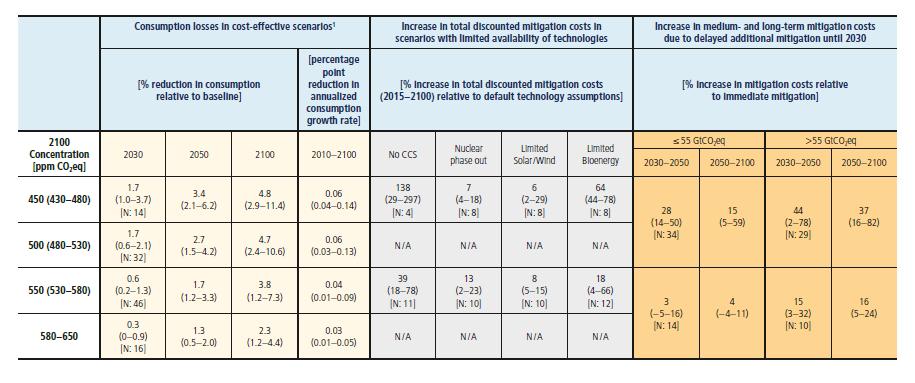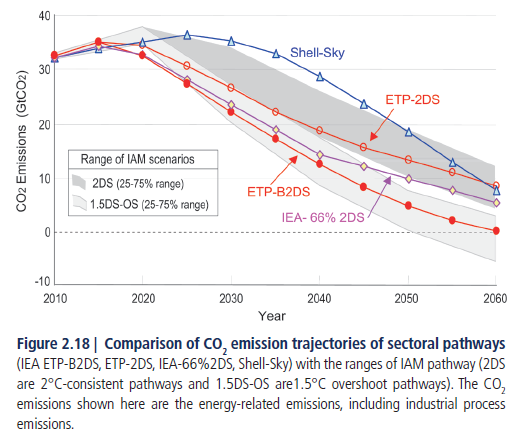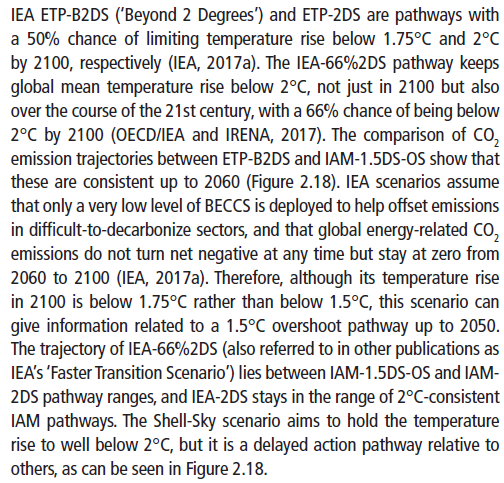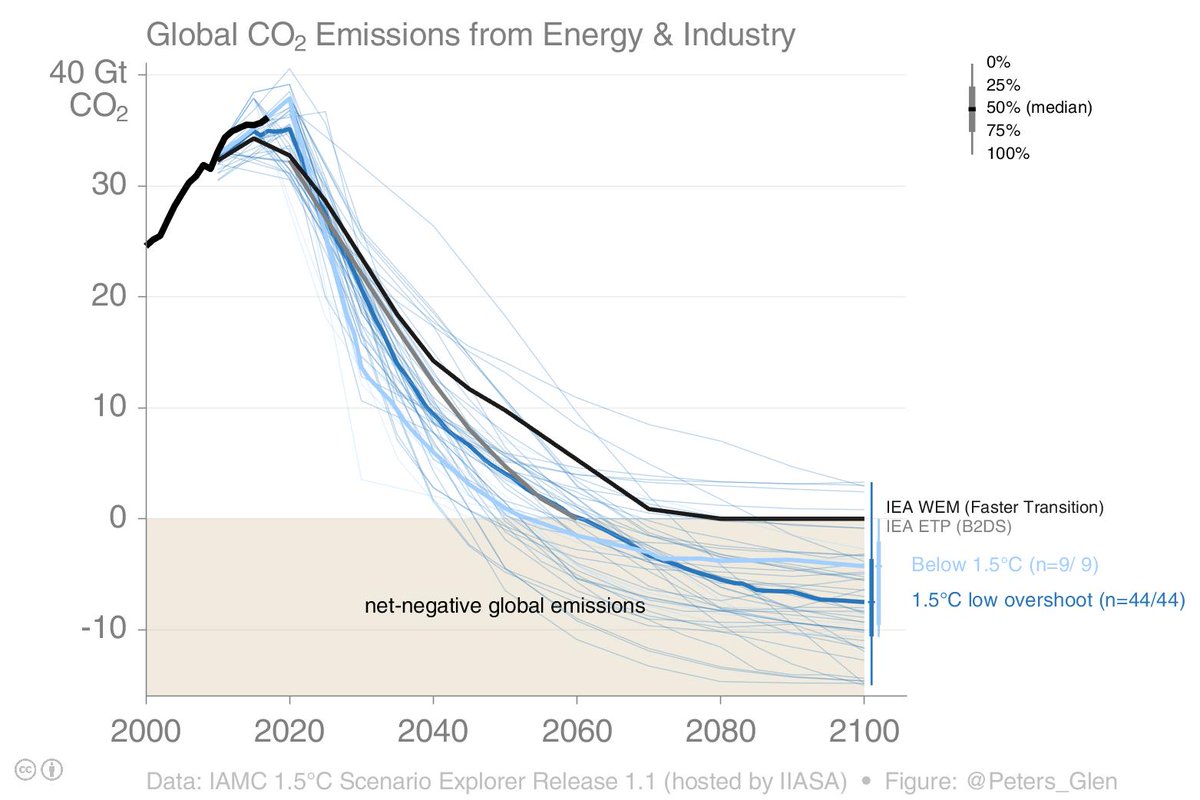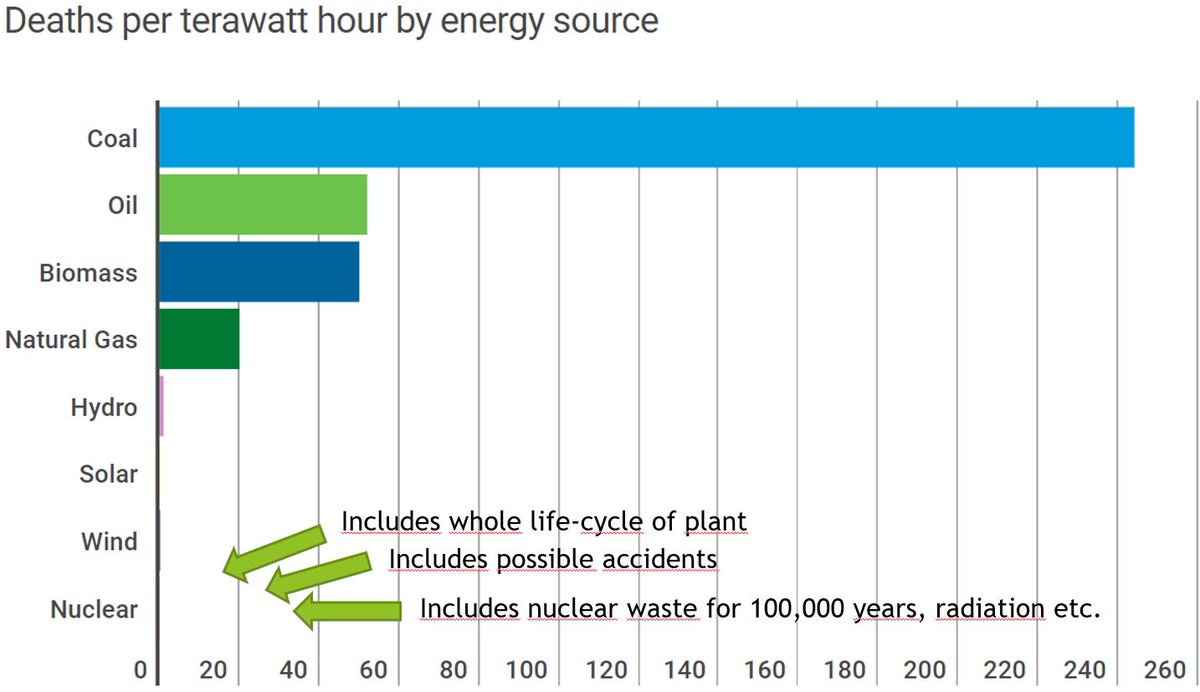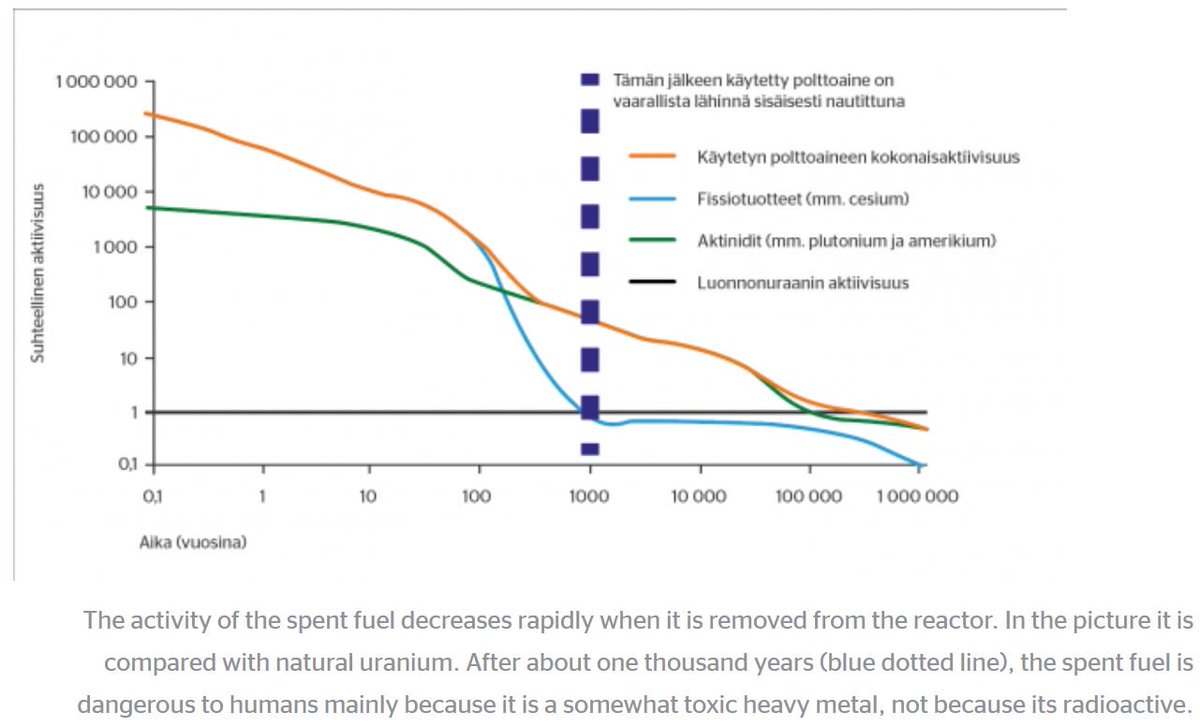euronuclear.org/info/encyclope…
Since the IPCC is an objective body worldwide accepted, let's see what it says about nuclear power in its latest report:
ipcc.ch/sr15/
Interested parties take advantage of this objectivity and circulate biased information to the public, spreading a false idea of IPCC's full support for nuclear power.
❌ Historically, speed of scaling has been high in many nations. However, such rates are not achieved anymore. Current time-lag is observed to be 10-19 years.
❌ There are also safety and waste concerns from uranium mining and milling.
weforum.org/reports/the-gl…
❌ Radioactive waste treatment facilities also pose a risk for accidents.
ipcc.ch/site/assets/up…












